Lipid-soluble polyphenols from sweet potato exert antitumor activity and enhance chemosensitivity in breast cancer
- PMID: 34025021
- PMCID: PMC8129977
- DOI: 10.3164/jcbn.20-73
Lipid-soluble polyphenols from sweet potato exert antitumor activity and enhance chemosensitivity in breast cancer
Abstract
Polyphenols are abundant in vegetables and fruit. They have been shown to have various antitumor, antioxidant, and anti-inflammatory effects. Here, we extracted the lipid-soluble fraction of polyphenols from fermented sweet potato (Ipomoea batatas). These lipid-soluble polyphenols mainly contained caffeic acid derivatives with strong antioxidant ability, which we hypothesized to affect diseases for which oxidative stress is a factor, such as cancer. We therefore investigated the antitumor and chemo-sensitizing effects of lipid-soluble polyphenols on E0771 murine breast cancer cells. The lipid-soluble polyphenols accumulated in the cells' cytoplasm due to its high lipophilicity, and reduced reactive oxygen species through its strong antioxidant activity. The lipid-soluble polyphenols also arrested the cell cycle at G0/G1 by suppressing Akt activity, and enhanced the cytotoxicity of anticancer agents. In this model, lipid-soluble polyphenols inhibited tumor growth and enhanced the efficacy of chemotherapy drugs. These results suggest the potential of lipid-soluble polyphenols as a functional food to support cancer therapy.
Keywords: antioxidant; breast cancer; chemotherapy; functional food; polyphenol.
Copyright © 2021 JCBNCopyright © 2021 JCBN.
Conflict of interest statement
PPL was manufactured by Genuine R&D Co., Ltd. (Masakatsu Miyanabe, Shinobu Hiraki, Xiaolin Luo). Other authors declare no conflict of interest.
Figures
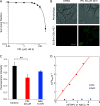
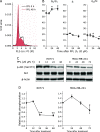
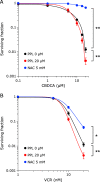
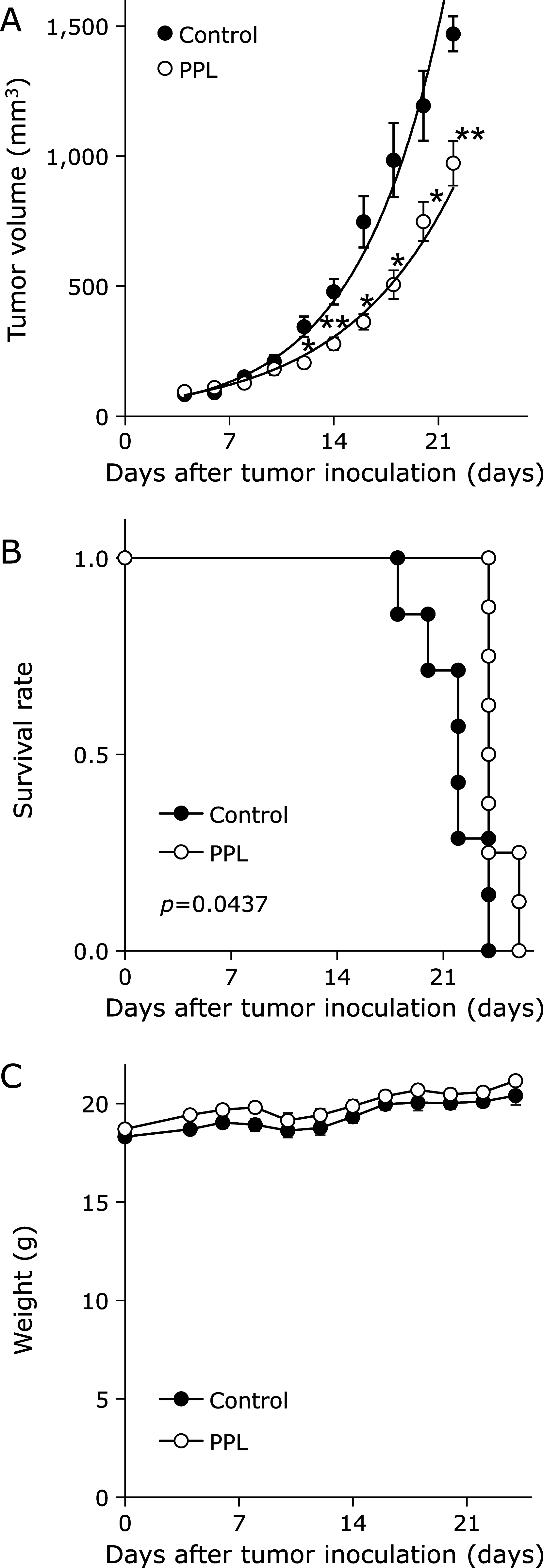
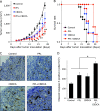
Similar articles
-
Effects of high hydrostatic pressure and soaking solution on proximate composition, polyphenols, anthocyanins, β-carotene, and antioxidant activity of white, orange, and purple fleshed sweet potato flour.Food Sci Technol Int. 2020 Jul;26(5):388-402. doi: 10.1177/1082013219892716. Epub 2019 Dec 23. Food Sci Technol Int. 2020. PMID: 31870191
-
Sweet potato (Ipomoea batatas L.) leaves as nutritional and functional foods.Food Chem. 2014 Aug 1;156:380-9. doi: 10.1016/j.foodchem.2014.01.079. Epub 2014 Feb 5. Food Chem. 2014. PMID: 24629984
-
Preparative purification of polyphenols from sweet potato (Ipomoea batatas L.) leaves by AB-8 macroporous resins.Food Chem. 2015 Apr 1;172:166-74. doi: 10.1016/j.foodchem.2014.09.039. Epub 2014 Sep 16. Food Chem. 2015. PMID: 25442539
-
Enzymatic molecular modification of water-soluble polyphenols: Synthesis, structure, bioactivity and application.Crit Rev Food Sci Nutr. 2023 Nov;63(33):12637-12651. doi: 10.1080/10408398.2022.2105301. Epub 2022 Aug 1. Crit Rev Food Sci Nutr. 2023. PMID: 35912423 Review.
-
Sweet potato (Ipomoea batatas [L.] Lam)--a valuable medicinal food: a review.J Med Food. 2014 Jul;17(7):733-41. doi: 10.1089/jmf.2013.2818. Epub 2014 Jun 12. J Med Food. 2014. PMID: 24921903 Review.
Cited by
-
Soy isoflavone genistein attenuates the efficacy of immune checkpoint therapy in C57BL/6 mice inoculated with B16F1 melanoma and a high PD-L1 expression level reflects tumor resistance.J Clin Biochem Nutr. 2024 Jan;74(1):57-62. doi: 10.3164/jcbn.23-76. Epub 2023 Oct 6. J Clin Biochem Nutr. 2024. PMID: 38292119 Free PMC article.
-
Polyphenols: Secondary Metabolites with a Biological Impression.Nutrients. 2024 Aug 3;16(15):2550. doi: 10.3390/nu16152550. Nutrients. 2024. PMID: 39125431 Free PMC article. Review.
-
In Vitro Antioxidant, Antithrombotic and Anti-Inflammatory Activities of the Amphiphilic Bioactives Extracted from Avocado and Its By-Products.Antioxidants (Basel). 2025 Jan 26;14(2):146. doi: 10.3390/antiox14020146. Antioxidants (Basel). 2025. PMID: 40002333 Free PMC article.
-
Non-invasive electron paramagnetic resonance imaging detects tumor redox imbalance induced by ferroptosis.Redox Rep. 2025 Dec;30(1):2454887. doi: 10.1080/13510002.2025.2454887. Epub 2025 Jan 21. Redox Rep. 2025. PMID: 39836064 Free PMC article.
-
Screening potential antileukemia ingredients from sweet potato: integration of metabolomics analysis, network pharmacology, and experimental validation.Front Nutr. 2025 Jan 27;12:1518525. doi: 10.3389/fnut.2025.1518525. eCollection 2025. Front Nutr. 2025. PMID: 39931370 Free PMC article.
References
-
- Recio MC, Andujar I, Rios JL. Anti-inflammatory agents from plants: progress and potential. Curr Med Chem 2012; 19: 2088–2103. - PubMed
-
- Andriantsitohaina R, Auger C, Chataigneau T, et al. Molecular mechanisms of the cardiovascular protective effects of polyphenols. Br J Nutr 2012; 108: 1532–1549. - PubMed
-
- Murakami A, Ohnishi K. Target molecules of food phytochemicals: food science bound for the next dimension. Food Funct 2012; 3: 462–476. - PubMed
LinkOut - more resources
Full Text Sources
Other Literature Sources

